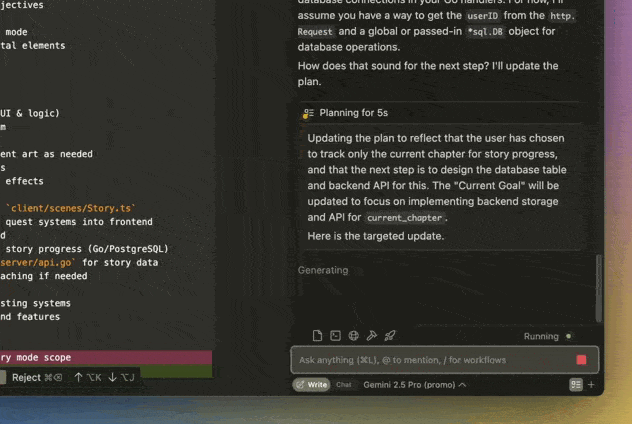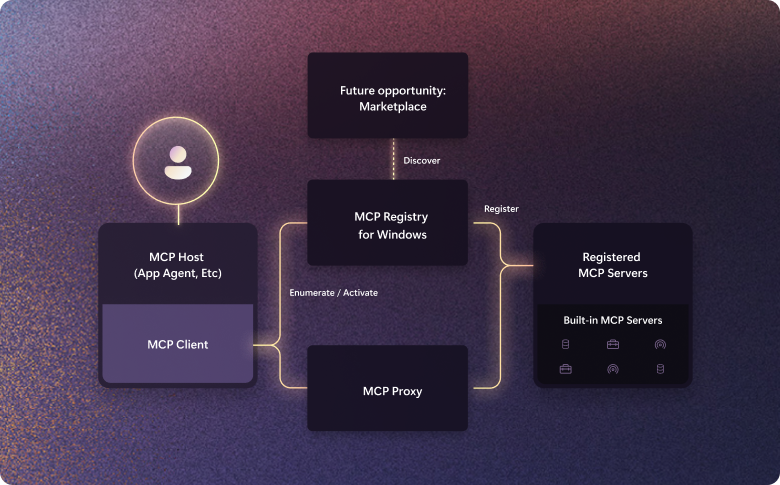The new Claude Code AI is an absolute game changer
Wow this is insane.
Anthropic recently released Claude Code: a brand new AI assistant that’s going to have huge impacts on software development as a whole.
This is quite different from IDE-integrating tools like GitHub Copilot or Windsurf Cascade.
This works standalone in the command line — you can use it in any terminal to make huge changes to your codebase.
The intelligence is incredible, just look at this: Claude Code literally just did all the coding by itself on a project for a full hour and a half — zero human assistance.

That’s right — 90 actual minutes of total hands-free autonomous coding genius with zero bugs. The progress is wild.
Claude Code acts as an intelligent collaborator, capable of understanding your entire codebase, automating complex tasks, and accelerating your development workflow.

Fundamentally Claude Code is here to be an active participant in the coding process.
It can search and read through your project’s files, make edits, write and execute tests, and even manage Git workflows like committing and pushing code.
This is all done transparently, keeping you the developer in the loop at every stage.

Key features and capabilities
Claude Code boasts a range of powerful features that set it apart as a next-generation coding tool:
Deep codebase understanding
Thanks to agentic search, Claude Code can map and comprehend the structure and dependencies of your entire project without requiring you to manually specify context files.
Agentic task execution
It can handle multi-step tasks from start to finish. This includes reading a GitHub issue, implementing the necessary code changes across multiple files, running tests to ensure functionality, and submitting a pull request upon completion.
Terminal-native integration

By residing in the command line, Claude Code seamlessly integrates with your existing development environment, including your preferred shell, command-line tools, and CI/CD pipelines.
Code refactoring and improvement
You can instruct Claude Code to refactor your code for better readability, performance, or to adhere to specific coding standards.
Debugging and error resolution
When you encounter a bug, Claude Code can help identify the root cause, suggest fixes, and even resolve issues like missing dependencies.
Automated testing and linting
The assistant can run your test suites, fix failing tests, and apply linting rules to maintain code quality.
Git integration
Perform Git operations such as creating commits, resolving merge conflicts, and searching through commit history using natural language commands.
Getting started is super easy
To begin using Claude Code, you’ll need to install it via npm. Just do these:
- Prerequisites: Make sure you have Node.js (version 18 or newer) and npm installed on your system.
- Installation: Open your terminal and run the command:
npm install -g @anthropic-ai/claude-code - Authentication: Once installed, you can start Claude Code by simply typing
claudein your terminal within your project directory. This will initiate the authentication process. - Usage: After successful authentication, you can start issuing commands in natural language. For example, you can ask it to “summarize the project” or “refactor the
main.pyfile to improve readability.”
Claude Code supports various operating systems including macOS (10.15+), Ubuntu (20.04+/Debian 10+), and Windows via the Windows Subsystem for Linux (WSL).
It performs well with tons of popular languages like:
- Python
- JavaScript / TypeScript
- Go
- Java
- C++
- SQL
- And many others.
Its proficiency extends to various frameworks and libraries within these ecosystems.
Claude Code is certainly to give OpenAI Codex and Google Jules some serious competition, especially with the amazing new Claude 4 model powering it.








































